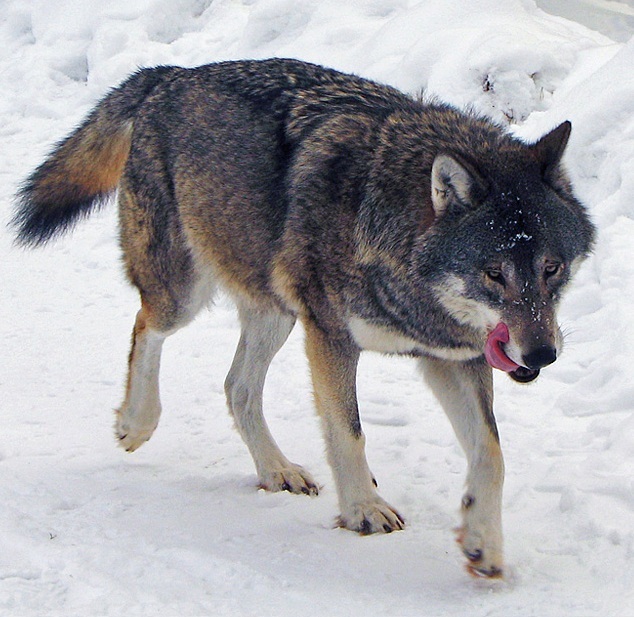Like every farm family, we lose things. We look around for awhile in hopes of finding the lost items. When they don't turn up, we write them off as lost forever.
The objects most likely to disappear around here are sippy cups. The kids bring them out to the barn and they never make it back to the house. A couple of sippy cups, we later discovered, were snatched by Skippy and devoured. But the others seem to have simply vanished into thin air.
So it brought us a good chuckle this week when one of the lost sippy cups was found — in the manure pit.
We emptied the manure pit onto our fields this week and as the last of the manure was pumped out, one of the pumping crew members pointed out a small purple object floating in the corner of the pit.
Glen crawled down the pit wall, retrieved the completely undamaged sippy cup, and crawled back up laughing.
The crew member, laughing with him, said, "I wouldn't drink that!"
Glen thought maybe we could clean the cup up and put it back in the rotation, but I thought otherwise. The sippy cup went into dumpster.
The sippy cup wasn't the only thing that turned up in the pit this spring. The small red gas jug that we keep in the back of the barn for the straw chopper, which had mysteriously disappeared this winter, was found in bits and pieces floating in the pit. Apparently, it didn't go through the manure pump as easily as the sippy cup.
And, wouldn't you know it, the evening after the pumping crew finished the job, we were joking in the barn about finding our lost items. Just after that, I started up the barn cleaner and heard a big ka-chunk. The messy investigation revealed that the manure pump tried to eat a No. 2 shovel that had fallen into the gutter. It left the handle in the hopper and swallowed the spade.
Unfortunately, I'm sure the shovel won't be the last thing lost to the manure pump.






